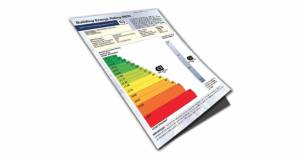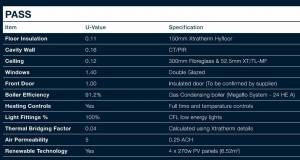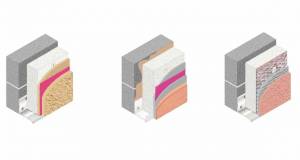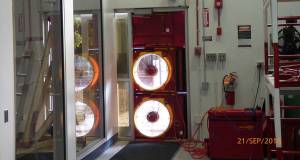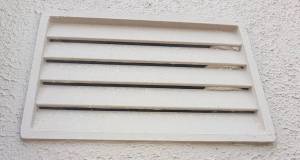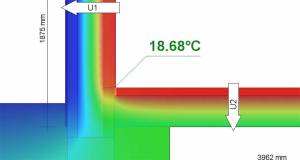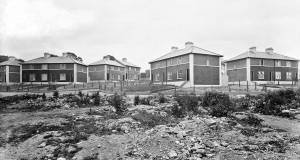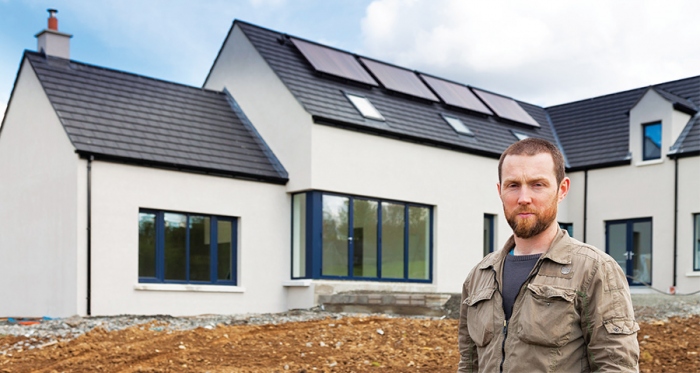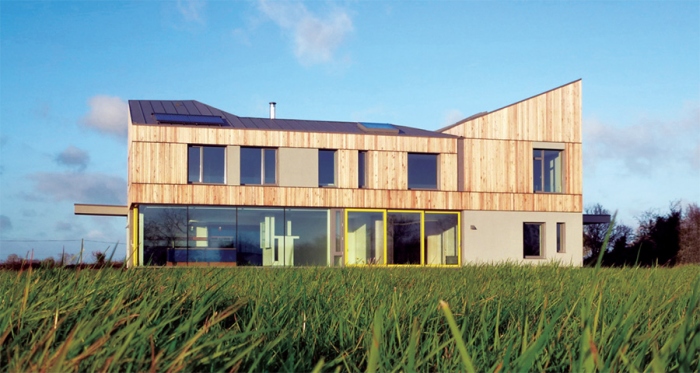Part L of the building regulations - passivehouseplus.co.uk
Be aware of your retrofit obligations – BERcerts.ie
Leading energy consultancy BERcerts.ie has advised homeowners considering renovation projects to be aware of their potential obligations under Part L of the building regulations. The regulations set mandatory energy performance targets for dwellings undergoing “major renovation”.
Xtratherm launch new Part L NZEB briefing note
Xtratherm has launched a new technical briefing note designed to clearly explain how to comply with the latest version of Part L of the building regulations for dwellings.
New building regs “tragic” for external insulation market
WWHR an easy & costeffective route to Part L compliance — Showersave
Antrim-based company Showersave say that the imminent inclusion of wastewater heat recovery in the new DEAP 4.2.0 software, set to be launched on 16 September, will provide developers, designers and builders with a simple and cost-effective new way to help ensure Part L compliance and achieve better building energy ratings.
More UK councils adopt passive house standard
Be ready for air testing of non-domestic buildings
Leading Irish energy & airtightness consultancy Greenbuild has advised the building industry to be prepared for the new requirement, as of January of this year, to test new non-domestic buildings for airtightness on completion.
Keystone’s Hi-therm+ Lintel receives BBA cert
Keystone Lintels has received certification from the British Board of Agrément (BBA) for its Hi-therm+ Lintel. According to the company, this makes it the only BBA approved one-piece lintel solution which achieves the appendix R value for steel lintels in Part L 2013 (depending on wall construction).
UK buildings regulations set for major overhaul
Thermal bridging: risk & opportunity
Assessment of thermal bridges is the low hanging fruit lining the path to passive house and low-energy building, according to leading thermal modeller Andy Lundberg of Passivate, who says that taking the time to understand thermal bridging and to minimise and calculate it properly is essential to delivering cost optimal low energy buildings without an Achilles heel.
Concerns raised about ventilation in proposed Part F & L change
Concerns have been raised that proposed changes to Irish building regulations — designed to bring Ireland in line with EU requirements that new homes be ‘nearly zero energy buildings’ (nZEBs) from the end of 2020 — could encourage sub-standard approaches to ventilation and airtightness.
Brady Energy Consultants now offering passive house guidance
Brady Energy Consultants, the leading Mayo-based providers of energy consulting services, have announced that senior energy consultant Cathal Brady has become a certified passive house consultant, and that the company will add thermal modelling to its range of services in 2018.
New homes data reveals extent of Irish low energy revolution
Ireland’s new build housing market is undergoing a radical transformation in energy performance specifications, analysis by Passive House Plus has revealed — with oil heating all but vanishing from use, leaving gas boilers and heat pumps to dominate the heating market.
Dept of Housing set to launch new Part L for non-domestic buildings
At the time of going to press, the Department of Housing, Planning, Community & Local Government was set to imminently launch a public consultation on a major revision to Part L of the building regulations for buildings other than dwellings.
The builder's view - why passive house doesn't cost extra
With this passive house in Co Kildare, father-and-son building team Pat and Paul Doran of Pat Doran Construction Ltd prove that meeting the strict low energy standard can be done for even less than a ‘normal’ build – to the tune of a €20,000 reduction in build costs compared to the Department of the Environment’s suggested compliance approach.
Stunning Meath home defies passive house stereotypes
A simple building form, few junctions and minimal surface area are some of the cornerstones of passive house design — but as this spectacular certified passive house in Co Meath proves, rules are made to be broken.
Passive house: an alternative method of meeting Part L?
The passive house standard may be acceptable as an alternative method of compliance with Ireland’s stringent energy efficiency regulations, according to a leading expert in energy and construction law, leaving the door open to a similar approach in the UK.

